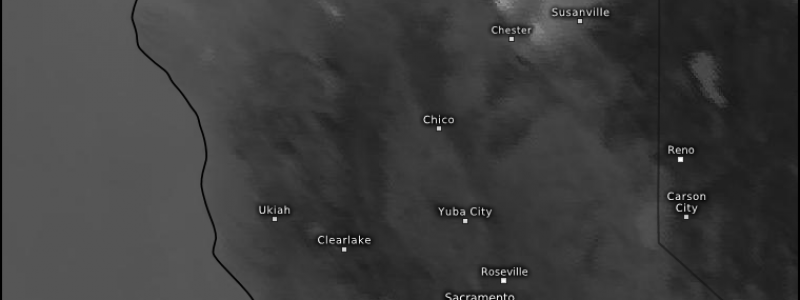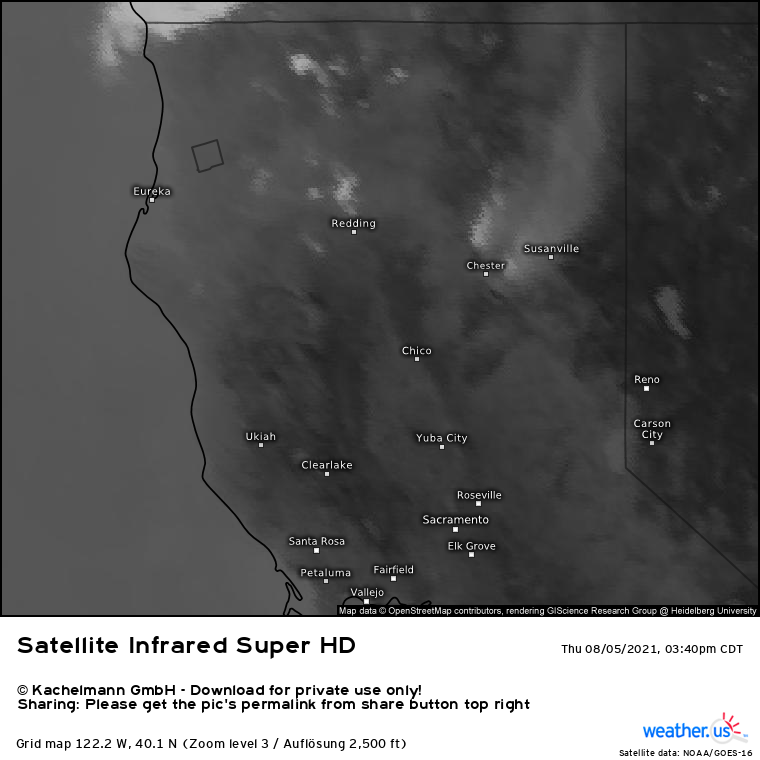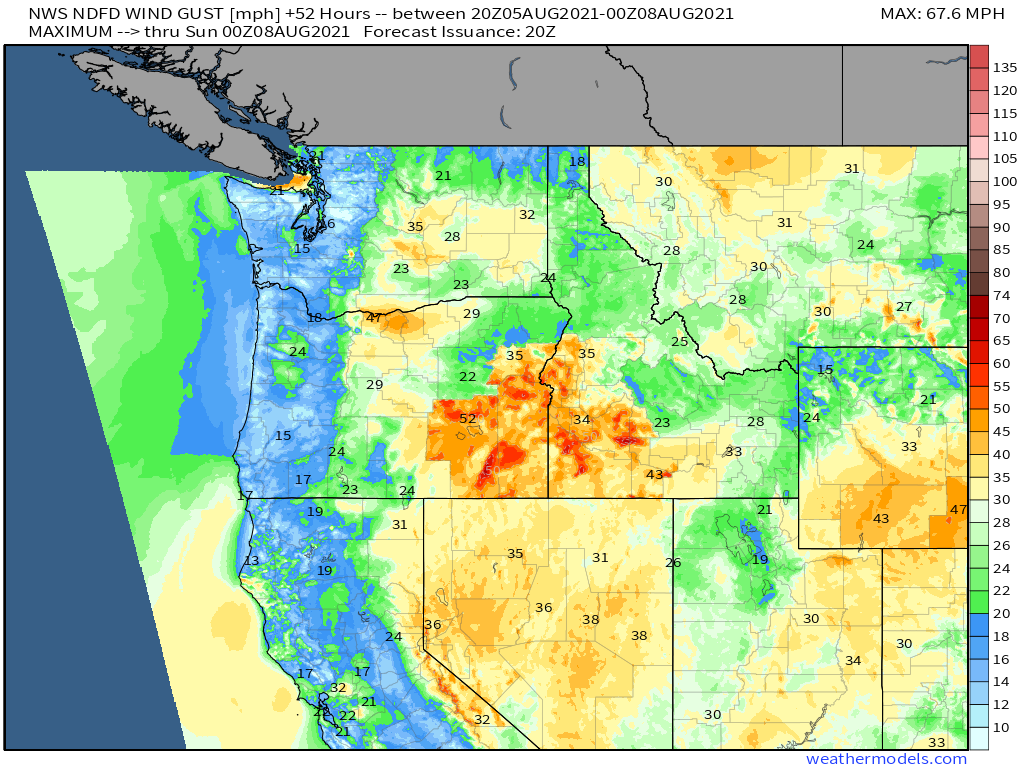
Wildfires Explode Across Parched West Coast
The mega-drought hounding the West has chased the region into a series of increasingly catastrophic wildfire seasons over the last five years. In a fiery, catastrophic culmination, the increasingly intense conflagrations climaxed in an unforgettable, record-smashing 2020 summer/fall, which featured five of the six largest California wildfires in modern history. As drought has continued to expand and intensify across the region, many have been fearing yet another wildfire season that could burn millions of acres and put lives and property in danger.
Unfortunately, pessimistic forecasts seem to be coming to fruition with a number of early-season fires, burning across parched and sun-scorched forests in the West. Already, ignition from sources ranging from arson to accidents, power lines to lightning have sent swaths of dried trees aflame, with smoke drifting thousands of miles and contributing to air quality concerns as far as the mid-Atlantic. In parts of the center of the country, near-surface particle density is the worst it’s been since the clean air act.
In spite of this seeming evidence to the contrary, the fire season is really just getting started. Over the last few days, though, an increasingly dire situation has begun unfolding across Northern California as existing fires and new fires alike, encouraged by hot, dry fuel and gusty winds, have exploded into increasingly massive infernos. One such fire, known as the Dixie Fire, is now the sixth largest in California history. It can be seen clearly on infrared satellite this afternoon, hot black splotches against a cool background of dry dirt framed by thick smoke.
It looks to get worse before it gets better.
A trough moving ashore the Pacific Northwest will spawn a seasonably intense surface low over the Great Basin. As winds press inland, pulled by a pressure gradient forced between topographical high pressure this low, gusty winds could develop. Downsloping induced by hilly terrain will work with synoptic scale subsidence in the trough’s wake to dry air further, amidst intense baseline drought, which will continue to encourage locally critical fire weather conditions supportive of explosive fire behavior.
This is far from ideal, and those in the vicinity of existing fires should stay tuned to what could be rapidly updating official advise. For those elsewhere in the area, please limit any opportunities for fire ignition as much as possible, and keep at least an eye on new wildfire growth.












